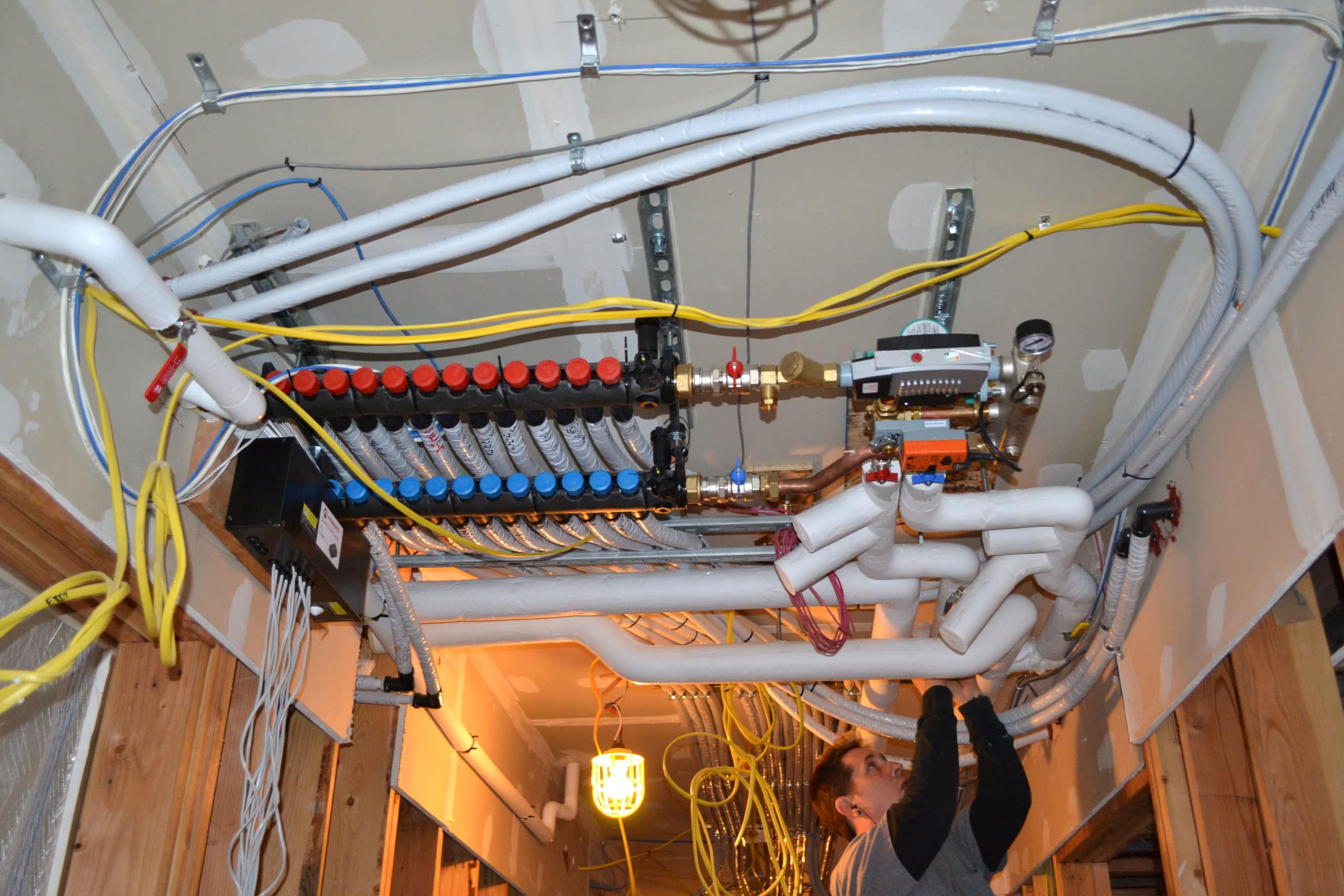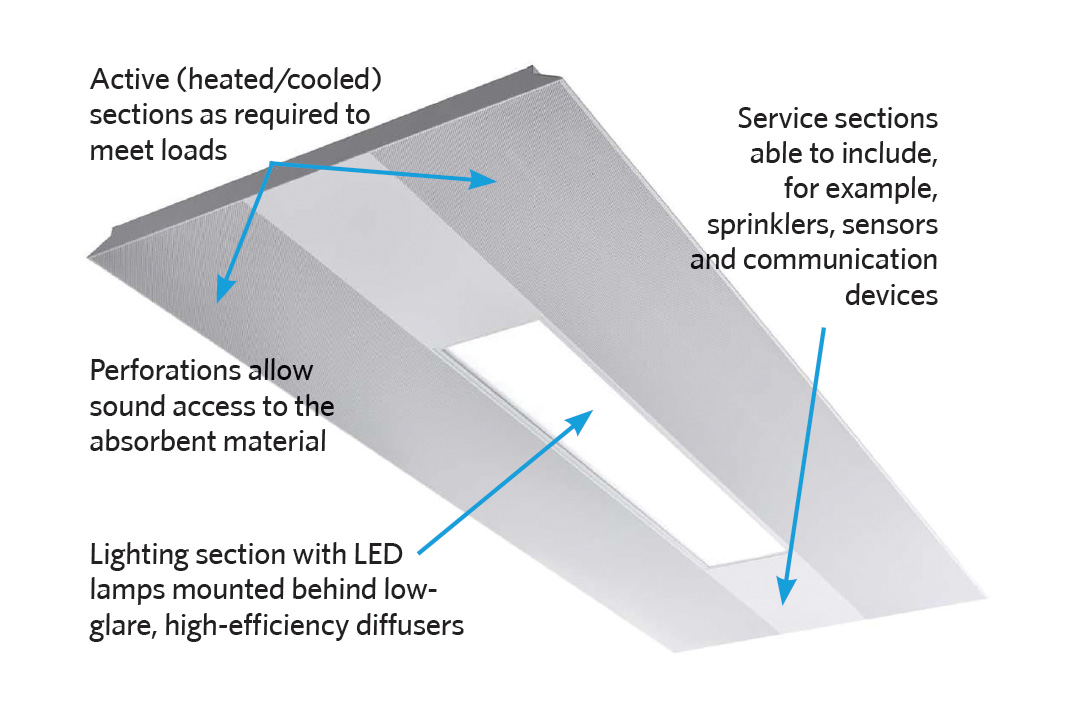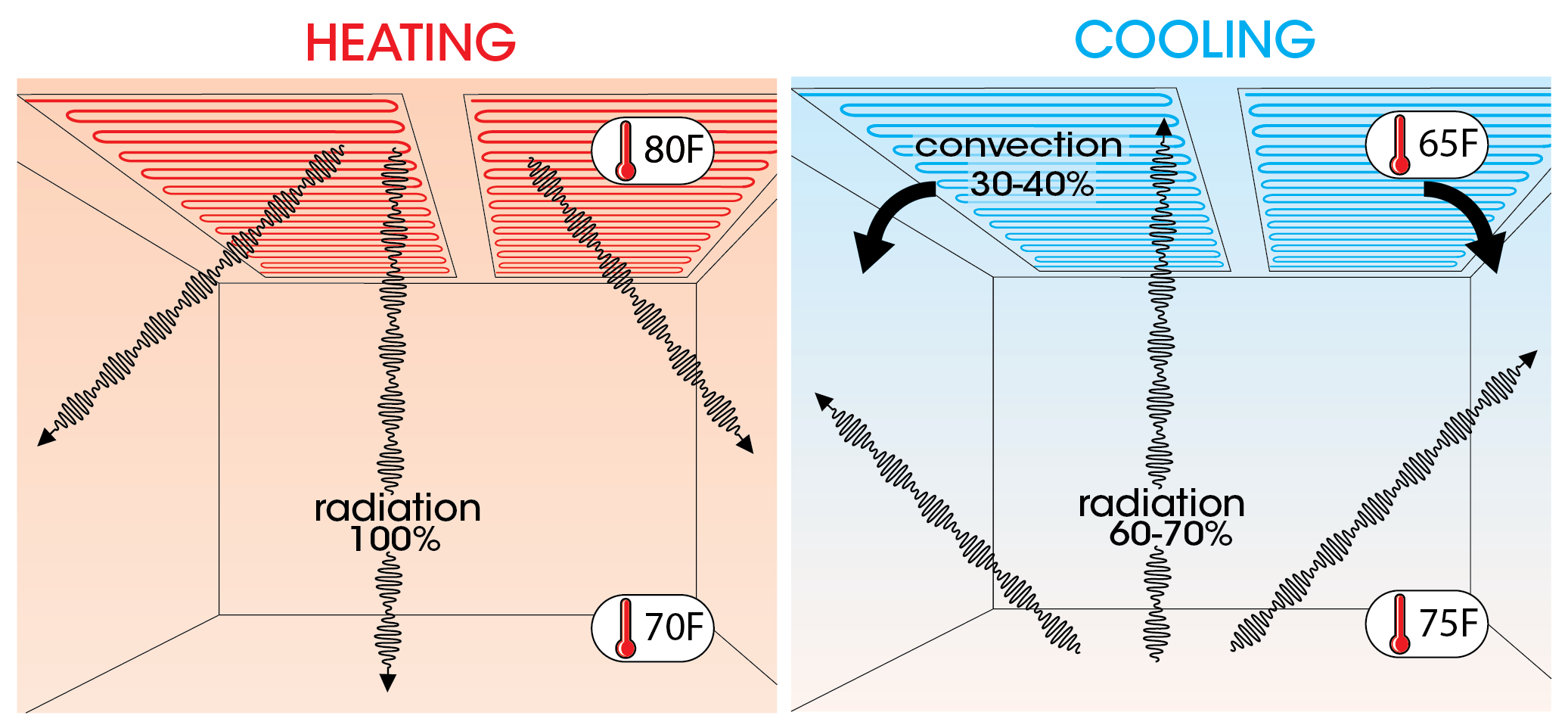Radiant Ceiling Panels Disadvantages

Radiant Ceiling Panels: The Not-So-Warm Truth About Disadvantages
Radiant ceiling panels offer a unique approach to heating, promising even warmth and energy efficiency. But before you jump on the radiant bandwagon, let's delve into the drawbacks. Understanding these limitations is crucial for making informed decisions about your home's heating system. This article explores the disadvantages of radiant ceiling panels, helping you weigh the pros and cons and determine if they're the right choice for your needs.
Installation Challenges and Costs
One of the primary deterrents for many homeowners is the complexity and expense associated with installing radiant ceiling panels.
- Retrofitting Challenges: Installing radiant ceiling panels in an existing home can be significantly more complex than installing traditional forced-air systems. Accessing ceiling joists, running wiring or piping (depending on the panel type), and ensuring proper insulation can be labor-intensive and disruptive.
- Higher Initial Investment: Radiant ceiling panels generally have a higher upfront cost compared to forced-air furnaces or baseboard heaters. This includes the cost of the panels themselves, installation labor, and any necessary electrical or plumbing modifications. Expect to pay a premium for the specialized technology.
- Professional Installation Recommended: While some DIYers might be tempted to tackle the installation, radiant ceiling panel systems often require specialized knowledge and tools. Improper installation can lead to performance issues, electrical hazards, or water damage. Engaging a qualified HVAC technician or electrician is highly recommended, adding to the overall cost.
Performance Limitations and Considerations
While radiant heat provides a comfortable and even warmth, several performance factors can limit its effectiveness in certain situations.
- Slow Response Time: Radiant ceiling panels take longer to heat up a room compared to forced-air systems. This can be a significant drawback if you need to quickly heat a space. Be prepared for a slower and more gradual warming process.
- Obstruction Issues: Radiant heat works by directly warming objects and people in its path. Large furniture, hanging artwork, or even strategically placed lamps can block the radiant energy, creating cold spots in the room. Careful planning of furniture placement is essential.
- Ceiling Height Limitations: The effectiveness of radiant ceiling panels decreases as ceiling height increases. In rooms with very high ceilings, the heat may not effectively reach the occupants below, leading to uneven heating and discomfort.
- Limited Cooling Capabilities: While some radiant ceiling systems can be used for cooling by circulating chilled water, their cooling capacity is generally less effective than dedicated air conditioning systems. Don't expect the same level of cooling power as a traditional AC.
Maintenance and Repair Concerns
Although radiant ceiling panels are generally low-maintenance, issues can arise. Diagnosing and repairing these issues can be more complex than with traditional HVAC systems.
- Difficulty in Diagnosing Problems: Pinpointing the source of a problem in a radiant ceiling system can be challenging. Leaks in hydronic systems can be difficult to locate without specialized equipment. Electrical issues in electric panels can also be tricky to diagnose.
- Specialized Repair Skills Required: Repairing radiant ceiling panels often requires specialized knowledge and tools. Finding qualified technicians experienced in radiant heating systems can be more challenging than finding technicians for traditional HVAC systems.
- Potential for Water Damage (Hydronic Systems): Hydronic radiant ceiling panels are susceptible to leaks. A leak in the system can cause significant water damage to the ceiling, walls, and floors. Regular inspections and prompt repairs are essential to prevent costly damage.
- Electrical Hazards (Electric Systems): Electric radiant ceiling panels can pose electrical hazards if not properly installed or maintained. Faulty wiring or damaged heating elements can create a risk of fire or electric shock. Always disconnect the power before attempting any repairs.
Aesthetic Considerations and Limitations
Radiant ceiling panels can impact the aesthetics of your home, and there are certain limitations to consider.
- Ceiling Design Restrictions: The installation of radiant ceiling panels can limit your options for ceiling design. Recessed lighting, ceiling fans, and other ceiling-mounted fixtures may be incompatible with radiant panels.
- Panel Visibility: While some radiant ceiling panels are designed to be discreet, others may be visible and affect the overall appearance of the room. Consider the aesthetic impact of the panels before installation.
- Painting Limitations: Painting radiant ceiling panels can affect their performance. Consult the manufacturer's instructions before painting to ensure that the paint does not interfere with the heat transfer.
Potential Health Concerns
While generally safe, radiant ceiling panels can raise certain health concerns for some individuals.
- Dust Circulation: Radiant heat does not circulate air in the same way as forced-air systems. This can lead to a buildup of dust and allergens in the room, potentially affecting individuals with allergies or respiratory problems.
- Electromagnetic Fields (EMF): Electric radiant ceiling panels emit electromagnetic fields (EMF). While the health effects of EMF exposure are still debated, some individuals may be concerned about potential risks.
- Dryness: Radiant heat can sometimes lead to a feeling of dryness in the air, especially in colder climates. Using a humidifier can help alleviate this issue.
Troubleshooting Common Issues
Here's a basic troubleshooting guide for common issues with radiant ceiling panels. Always disconnect power or water supply before attempting any repairs. If you're uncomfortable with any of these steps, call a qualified professional.
- Uneven Heating:
- Check for obstructions blocking the radiant heat.
- Ensure the thermostat is properly calibrated.
- Inspect the panels for any signs of damage.
- No Heat:
- Check the circuit breaker or fuse for the radiant panels.
- Verify the thermostat is set to the correct temperature.
- Inspect the wiring connections for any loose or damaged wires.
- (Hydronic) Check for leaks in the system.
- Water Leaks (Hydronic):
- Turn off the water supply to the radiant heating system.
- Identify the source of the leak.
- Contact a qualified plumber or HVAC technician for repairs. Do not attempt to repair leaks yourself unless you have extensive plumbing experience.
When to Call a Professional
While some minor troubleshooting can be done by homeowners, certain situations require the expertise of a qualified HVAC professional or electrician.
- Complex Electrical Issues: If you suspect an electrical problem with your radiant ceiling panels, do not attempt to diagnose or repair it yourself. Contact a licensed electrician immediately.
- Water Leaks in Hydronic Systems: Repairing leaks in hydronic radiant ceiling panels requires specialized knowledge and tools. Contact a qualified plumber or HVAC technician to prevent further damage.
- System Malfunctions: If your radiant ceiling panels are not functioning properly and you are unable to diagnose the cause, contact a qualified HVAC technician for assistance.
- Warranty Concerns: If your radiant ceiling panels are still under warranty, contact the manufacturer or installer for warranty service.
Cost Estimates for Repairs
Repair costs for radiant ceiling panels can vary depending on the nature of the problem, the type of panel, and the location. Here are some general estimates:
- Thermostat Replacement: $100 - $300
- Wiring Repair: $150 - $500
- Panel Replacement: $300 - $1000+ (depending on the panel type and size)
- Leak Repair (Hydronic): $200 - $1000+ (depending on the complexity of the leak)
- Professional Diagnostic Fee: $75 - $150
These are just estimates, and the actual cost may vary. Always obtain multiple quotes from qualified professionals before proceeding with any repairs.
Conclusion: Weighing the Drawbacks
Radiant ceiling panels offer a unique and comfortable heating solution, but they are not without their drawbacks. Understanding the installation challenges, performance limitations, maintenance concerns, aesthetic considerations, and potential health concerns is crucial for making an informed decision. By carefully weighing the pros and cons, you can determine if radiant ceiling panels are the right choice for your home.
Before investing in radiant ceiling panels, consider your budget, the layout of your home, your heating needs, and your comfort level with potential maintenance and repair issues. Consulting with a qualified HVAC professional is always recommended to assess your specific situation and determine the best heating solution for your needs. Remember, safety should always be your top priority when working with any HVAC system.










